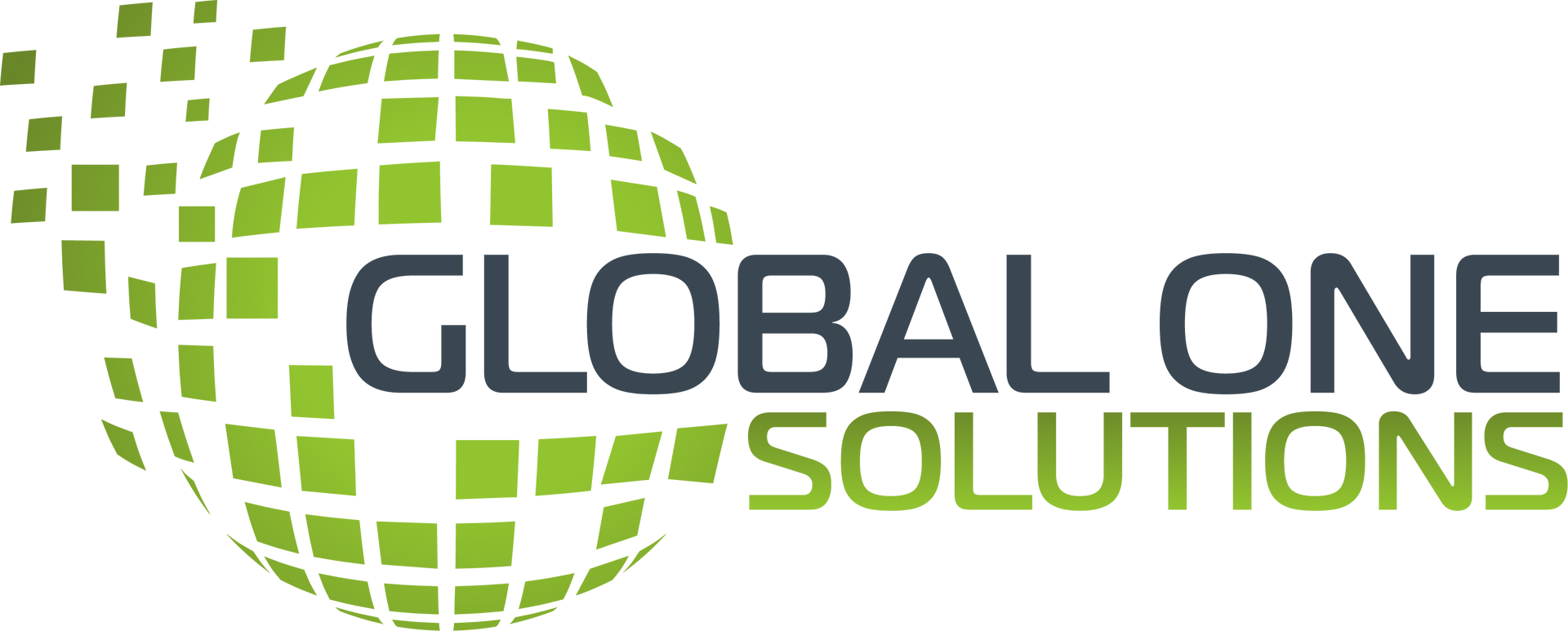
Digital Infrastructure & Transformation
Innovating for the future, optimizing for today
Revolutionizing Organizations through Digital Infrastructure & Transformation
In today's rapidly evolving digital landscape, having a robust and adaptive digital infrastructure is crucial for organizations to stay competitive, agile, and responsive to change. At Global One Solutions, we specialize in providing innovative digital infrastructure and transformation services to government agencies, helping them harness the power of cutting-edge technology solutions to drive growth, efficiency, and long-term success.
Our diverse range of services, including DevOps, Agile Development, Cloud Migration, Network Transformation, Data Analytics and Business Intelligence, and IT Infrastructure Modernization, ensures that your organization remains at the forefront of digital innovation. By partnering with Global One Solutions, you gain access to a wealth of expertise, resources, and industry best practices that enable you to navigate the complexities of the digital landscape and achieve lasting success.
Cloud Migration
Our cloud migration consulting services help organizations move their existing IT operations to the cloud. Our services start with a thorough assessment of the organization's current IT infrastructure and applications, followed by a plan for migration to the cloud. Our team of experienced consultants works closely with clients to understand their specific requirements and develop customized solution that meets their specific needs and goals.
Key Benefits:
Improved scalability, enhanced flexibility, reduced IT costs, increased efficiency, and access to the latest technologies and features.
DevOps
Our DevOps services focus on bridging the gap between development and operations teams, streamlining processes, and automating tasks to enable rapid and reliable software delivery. We help you implement best practices, tools, and cultural shifts to create a collaborative and agile environment that accelerates innovation.
Key Benefits
Faster time to market, improved collaboration, increased efficiency, higher software quality, and reduced risk of deployment failures.
Agile Development
Our Agile Development services provide a flexible and iterative approach to software development, enabling your organization to adapt to changing requirements and priorities. We help you implement Agile methodologies, such as Scrum and Kanban, to foster a culture of continuous improvement and collaboration.
Key Benefits:
Greater adaptability, improved collaboration, faster delivery of value, higher customer satisfaction, and enhanced project predictability.
Network Transformation
Our Network Transformation services focus on modernizing and optimizing your organization's network infrastructure to support evolving business needs, enhance performance, and strengthen security. We offer solutions such as Software-Defined Networking (SDN) and Network Function Virtualization (NFV) to enable greater agility and adaptability.
Key Benefits
Increased network performance, better security, reduced operational costs, enhanced scalability, and improved manageability.
Data Analytics and Business Intelligence
Our Data Analytics and Business Intelligence services provide organizations with data-driven insights and decision-making tools. We help you collect, analyze, and visualize data, enabling you to uncover patterns, trends, and opportunities that drive strategic decision-making and optimize business processes.
Key Benefits:
Improved decision-making, increased efficiency, identification of growth opportunities, enhanced customer satisfaction, and better risk management.
IT Infrastructure Modernization
Our IT Infrastructure Modernization services involve upgrading and optimizing your organization's IT infrastructure to support new technologies, improve performance, and enhance security. We help you evaluate your current infrastructure, identify areas for improvement, and develop a roadmap to modernize your IT systems and processes.
Key Benefits
Improved performance, enhanced security, increased reliability, better scalability, and support for the latest technologies and applications.




Interested in our services? We’re here to help!
We want to know your needs exactly so that we can provide the perfect solution. Let us know what you want and we’ll do our best to help.
MENU
GET IN TOUCH
(833) 314-5623
info@globalonesolutions.co
923 Haddonfield Rd
Suite 300
Cherry Hill, NJ 08002
STAY CONNECTED

All Rights Reserved | Global One Solutions | Powered by Mahogany Sites.
